Home>Gardening & Outdoor>Landscaping Ideas>What Grass Grows Best In Texas
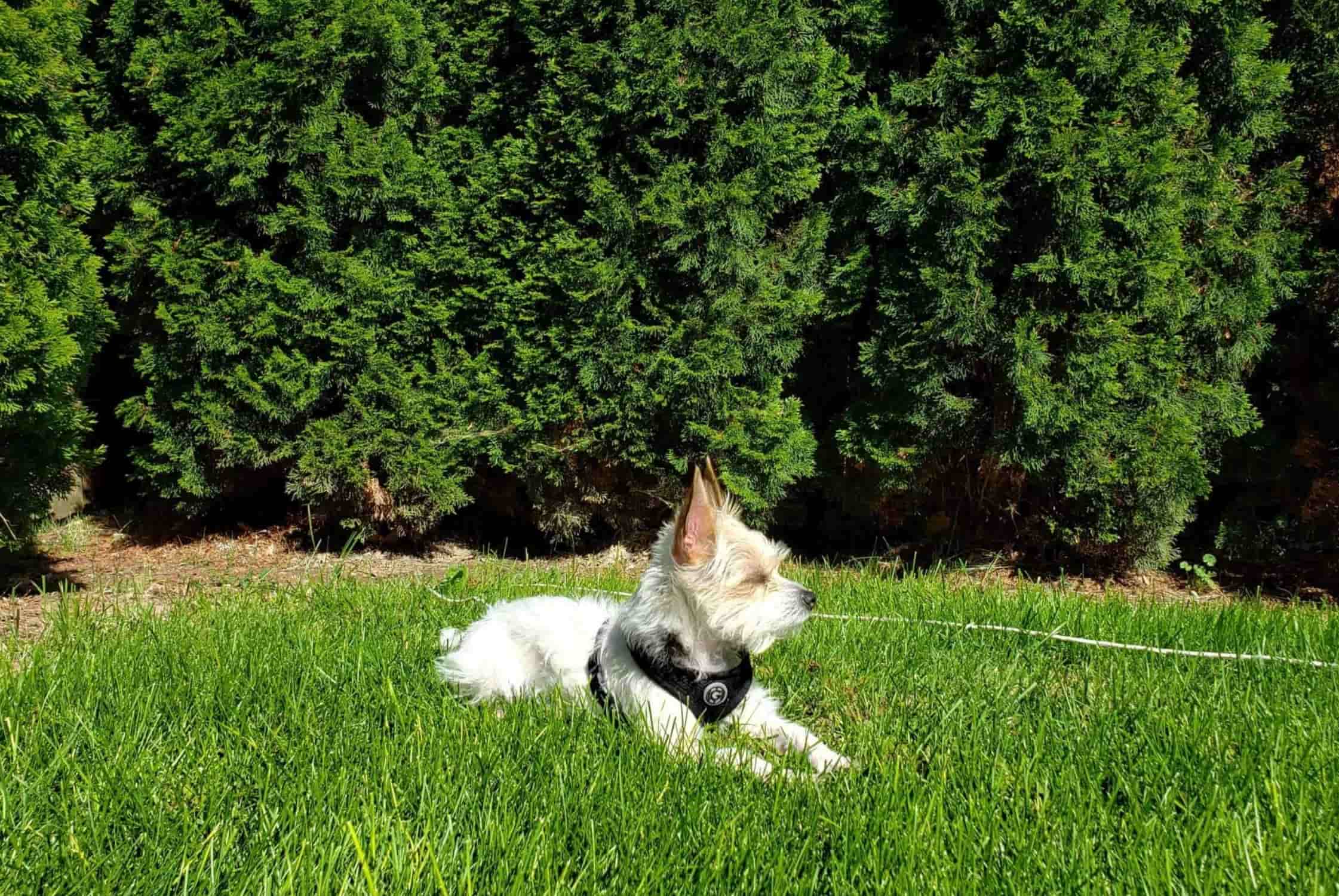

Landscaping Ideas
What Grass Grows Best In Texas
Modified: October 18, 2024
Discover the top landscaping ideas for Texas with the best grass options. Find out which grass grows best in Texas for your landscaping needs.
(Many of the links in this article redirect to a specific reviewed product. Your purchase of these products through affiliate links helps to generate commission for Storables.com, at no extra cost. Learn more)
Introduction
Welcome to the Lone Star State, where the expansive landscapes and diverse climates make Texas a unique and challenging environment for gardening and landscaping. When it comes to cultivating a lush, verdant lawn in Texas, choosing the right type of grass is crucial for success. From the blazing heat of the summer to the occasional winter freeze, Texas presents a range of climatic conditions that can impact the growth and maintenance of grass.
Whether you’re a homeowner, a landscape architect, or a gardening enthusiast, understanding the factors that influence the growth of grass in Texas is essential for creating a thriving outdoor space. In this comprehensive guide, we’ll explore the various types of grass that flourish in Texas, taking into account the state’s diverse regions and climates. By considering factors such as water requirements, temperature tolerance, and soil adaptability, we can identify the best grass options for different areas of Texas.
So, let’s embark on a journey through the verdant world of grasses, and discover the best choices for creating a vibrant and resilient lawn in the great state of Texas.
Key Takeaways:
- Choose Bermuda grass for hot and dry West Texas, Zoysia grass for variable Central Texas, St. Augustine grass for humid East Texas, tall fescue for diverse North Texas, and buffalo grass for semi-arid South Texas.
- Consider climate, water needs, soil type, and maintenance when selecting the best grass for your Texas lawn, creating a vibrant and resilient landscape that harmonizes with the state’s diverse environments.
Read more: What Grass Grows Best In Austin, Texas
Factors to Consider
Before selecting the ideal grass for your Texas lawn, it’s important to consider several key factors that can significantly impact its growth and overall health. Understanding these elements will help you make an informed decision and set the stage for a thriving lawn.
- Climate: Texas experiences a wide range of climates, from the arid conditions of West Texas to the humid subtropical climate of the Gulf Coast. The heat and drought tolerance of the grass type must align with the specific climate of your region to ensure its resilience.
- Water Requirements: Given the varying levels of rainfall across Texas, it’s essential to select a grass variety that can adapt to both drought conditions and occasional heavy rainfall. Understanding the grass’s water needs will help you maintain a healthy lawn while conserving water resources.
- Soil Type: Texas soil varies from sandy in the coastal regions to clayey or loamy in other areas. Different grass species have specific soil preferences, so it’s crucial to consider your soil type and select a grass variety that can thrive in those conditions.
- Shade Tolerance: If your lawn has shaded areas, choosing a grass type with good shade tolerance is essential for ensuring uniform growth and coverage throughout your lawn.
- Maintenance Requirements: Some grasses require more frequent mowing, fertilization, and pest control than others. Understanding the maintenance needs of different grass types will help you select one that aligns with your desired level of lawn care commitment.
- Aesthetic Preferences: Consider the visual appeal of different grass varieties, such as color, texture, and growth habits, to select a grass that complements your landscape design and personal preferences.
By carefully evaluating these factors, you can narrow down the options and choose the most suitable grass for your specific location and needs, setting the stage for a thriving and vibrant lawn in Texas.
Types of Grass
When it comes to selecting the right grass for your Texas lawn, several grass species have proven to be well-suited for the diverse climates and soil conditions found throughout the state. Each grass type offers unique characteristics that cater to specific needs, making it essential to understand their attributes before making a choice.
Here are some of the most popular grass types used in Texas:
- Bermuda Grass: Known for its exceptional heat tolerance and rapid growth, Bermuda grass is a popular choice for Texas lawns. It thrives in full sun and well-drained soil, making it ideal for the hot and dry climates of West Texas.
- Zoysia Grass: Zoysia grass is prized for its dense growth and excellent heat and drought tolerance. It adapts well to various soil types and can thrive in both full sun and partially shaded areas, making it a versatile option for many regions of Texas.
- St. Augustine Grass: This grass variety is well-suited for the humid and coastal regions of Texas, thanks to its superior shade tolerance and ability to thrive in moist soil conditions. It boasts a lush, dark green appearance and forms a thick carpet of grass.
- Tall Fescue: Tall fescue is known for its exceptional shade tolerance and ability to maintain its vibrant green color throughout the year. It’s a popular choice for lawns in East Texas and other regions with moderate temperatures and periodic rainfall.
- Buffalo Grass: Native to the Great Plains, buffalo grass is well-adapted to the dry and semi-arid regions of Texas. It requires minimal water and maintenance, making it an eco-friendly and low-maintenance option for sustainable landscapes.
Each of these grass types offers distinct advantages and considerations, making it essential to evaluate their characteristics in relation to your specific lawn conditions and maintenance preferences. By understanding the unique traits of each grass variety, you can make an informed decision that aligns with the requirements of your Texas lawn.
St. Augustine and Bermuda grass are the best choices for Texas due to their heat and drought tolerance. St. Augustine is better for shade, while Bermuda is more resilient to foot traffic.
Best Grass for Different Regions
Given the diverse climates and soil conditions across Texas, certain grass species are better suited for specific regions of the state. By matching the right grass type to the unique environmental factors of each region, you can establish a resilient and visually appealing lawn that thrives in its local climate.
Here are the best grass options for different regions of Texas:
- West Texas (Arid Climate): For the hot and arid conditions of West Texas, Bermuda grass stands out as an excellent choice. Its exceptional heat tolerance and low water requirements make it well-suited for the intense sunlight and dry soil prevalent in this region.
- Central Texas (Variable Climate): In the variable climate of Central Texas, where periods of drought can be followed by heavy rainfall, Zoysia grass offers a versatile solution. Its ability to thrive in both full sun and partially shaded areas, along with its moderate water requirements, makes it an adaptable choice for this region.
- East Texas (Humid Climate): St. Augustine grass excels in the humid and coastal regions of East Texas. Its superior shade tolerance and preference for moist soil conditions make it an ideal option for lawns in this area, where high humidity and occasional rainfall are common.
- North Texas (Diverse Climate): Tall fescue is well-suited for the diverse climate of North Texas, where both hot summers and cold winters are experienced. Its exceptional shade tolerance and ability to maintain vibrant green color throughout the year make it a reliable choice for lawns in this region.
- South Texas (Semi-Arid Climate): Buffalo grass, with its minimal water and maintenance requirements, thrives in the semi-arid conditions of South Texas. Its resilience to drought and heat, coupled with its eco-friendly attributes, makes it an ideal grass option for sustainable landscapes in this region.
By selecting the most suitable grass for the specific climate and soil conditions of each region, you can establish a resilient and visually appealing lawn that enhances the natural beauty of Texas while requiring minimal maintenance.
Conclusion
Choosing the best grass for your Texas lawn is a decision that requires careful consideration of various factors, including climate, water requirements, soil type, and maintenance preferences. By understanding the unique attributes of different grass species and their suitability for specific regions, you can create a vibrant and resilient lawn that thrives in the diverse landscapes of Texas.
Whether you’re aiming to achieve a lush, verdant lawn in the arid expanses of West Texas or seeking a low-maintenance yet visually appealing grass for the semi-arid conditions of South Texas, there are suitable grass options available to meet your specific needs. From the heat tolerance of Bermuda grass to the shade tolerance of St. Augustine grass, each variety offers distinct advantages that cater to the unique environmental conditions found across the state.
By aligning the characteristics of the selected grass type with the specific requirements of your region, you can establish a lawn that not only enhances the aesthetic appeal of your property but also contributes to the sustainable and eco-friendly landscaping practices increasingly valued in Texas.
Ultimately, the journey of selecting the best grass for your Texas lawn is an opportunity to create an outdoor space that harmonizes with the natural elements of the Lone Star State, while providing a resilient and visually captivating landscape for you to enjoy year-round.
So, as you embark on this green venture, may your chosen grass species take root and flourish, adding a touch of natural splendor to the magnificent tapestry of Texas landscapes.
Frequently Asked Questions about What Grass Grows Best In Texas
Was this page helpful?
At Storables.com, we guarantee accurate and reliable information. Our content, validated by Expert Board Contributors, is crafted following stringent Editorial Policies. We're committed to providing you with well-researched, expert-backed insights for all your informational needs.
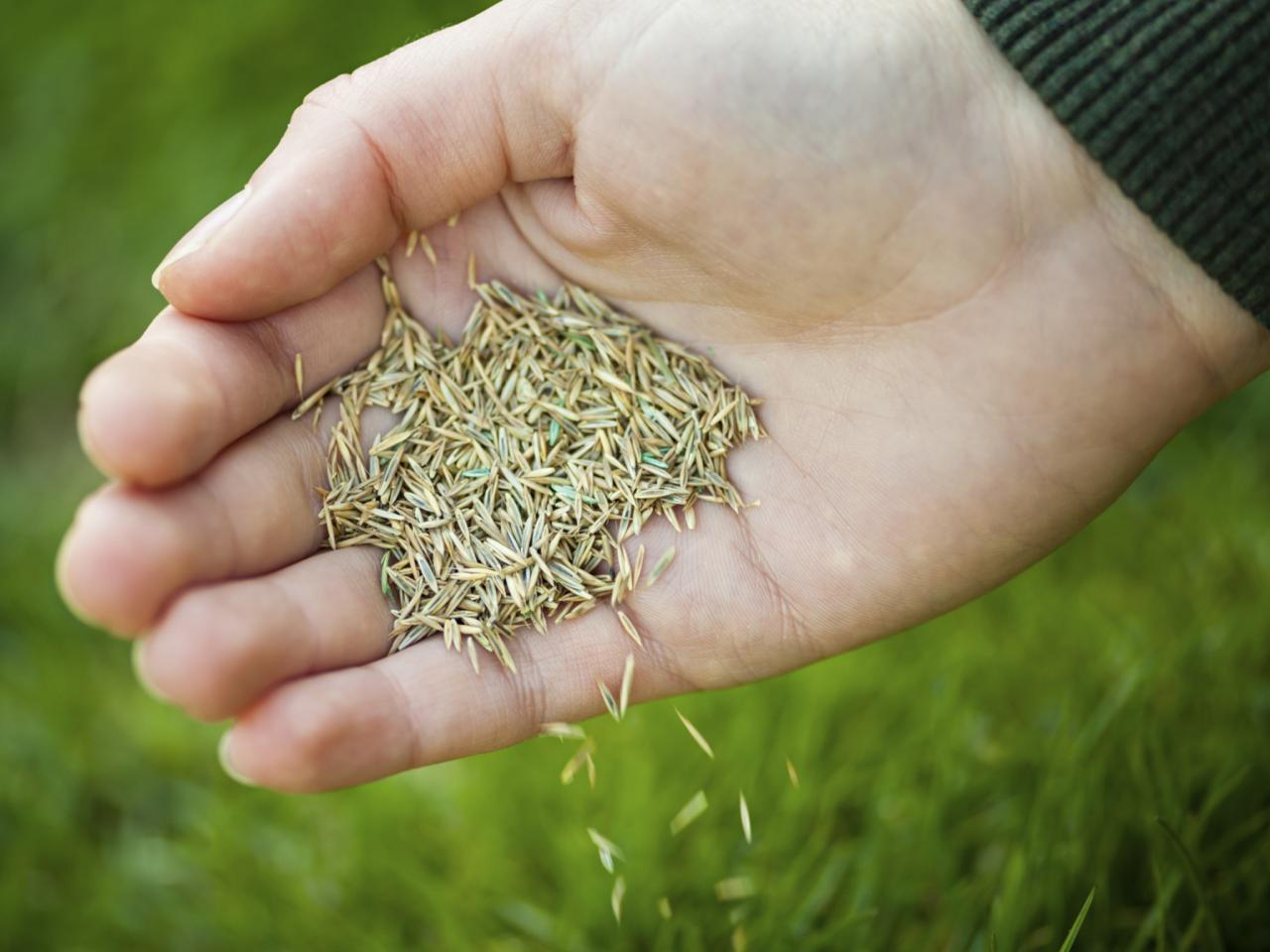
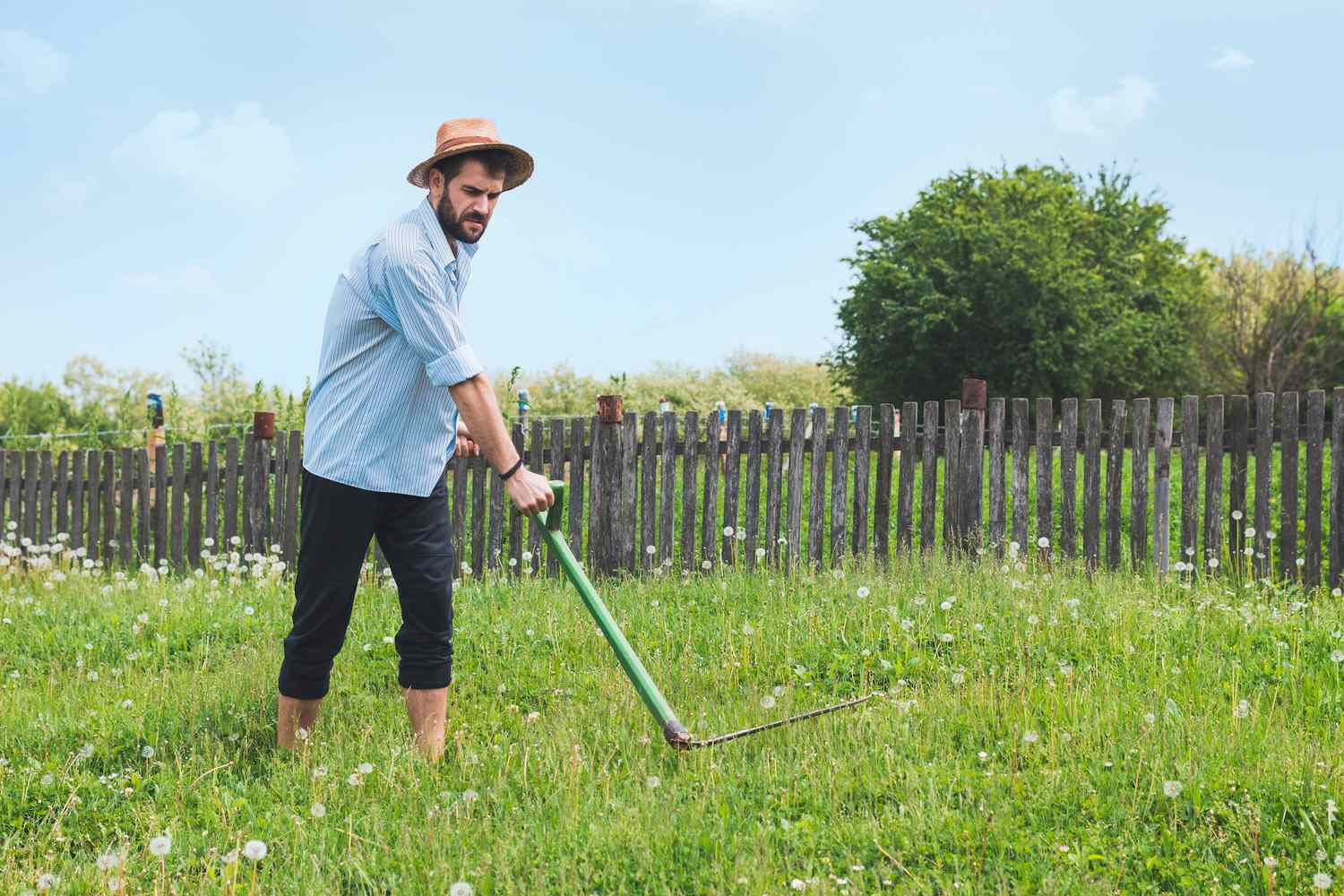
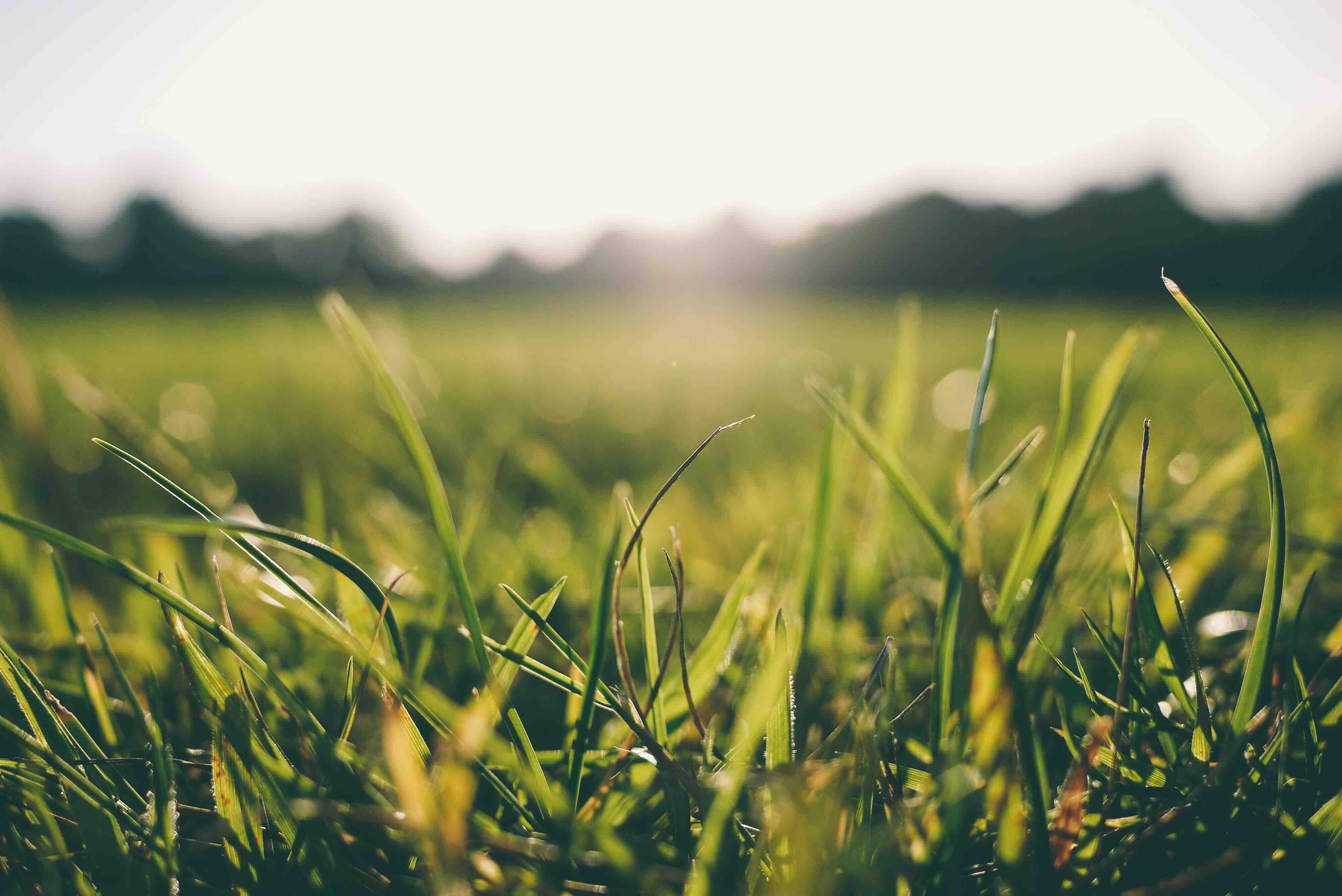
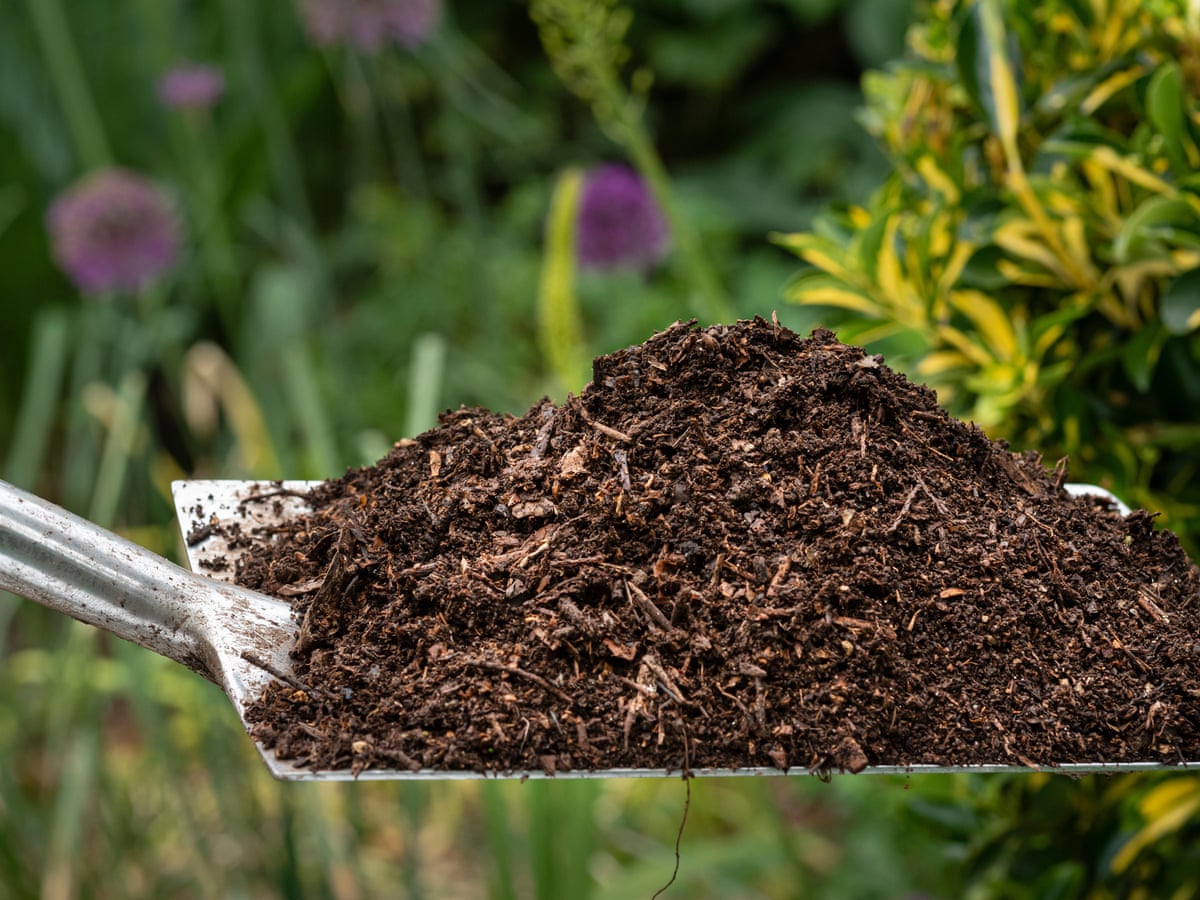
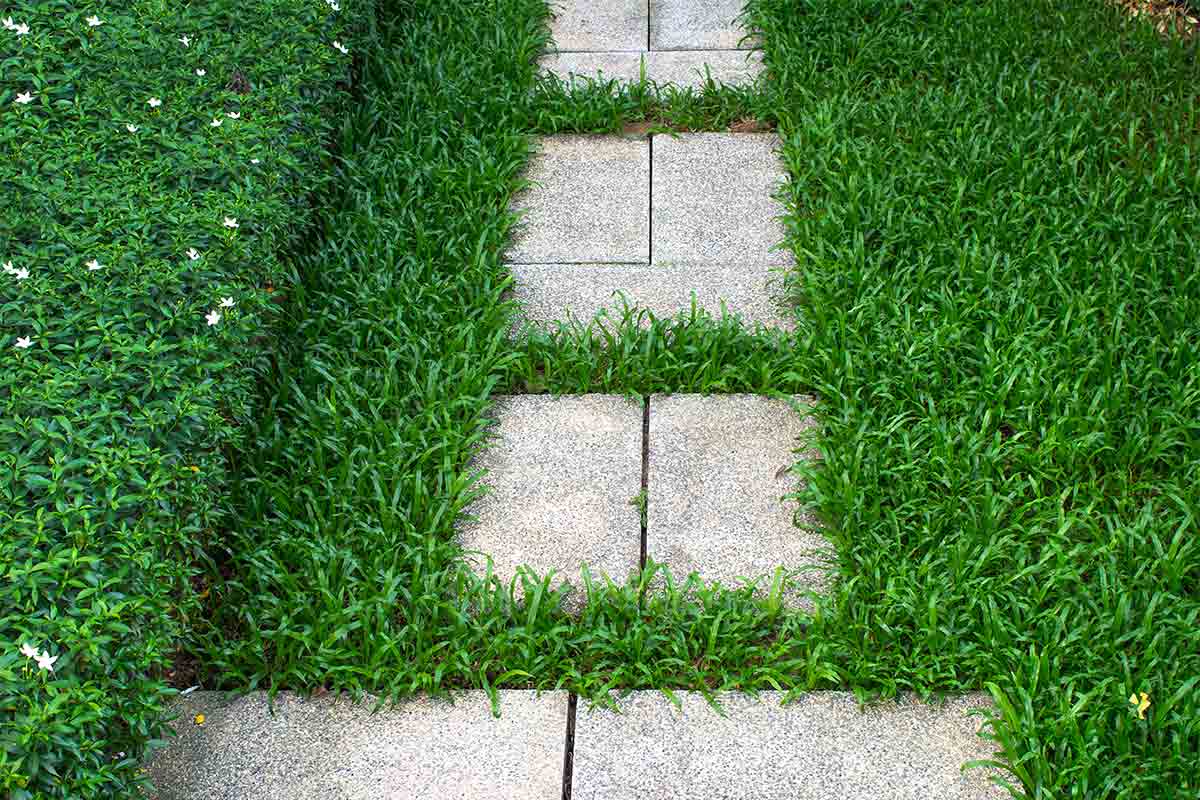
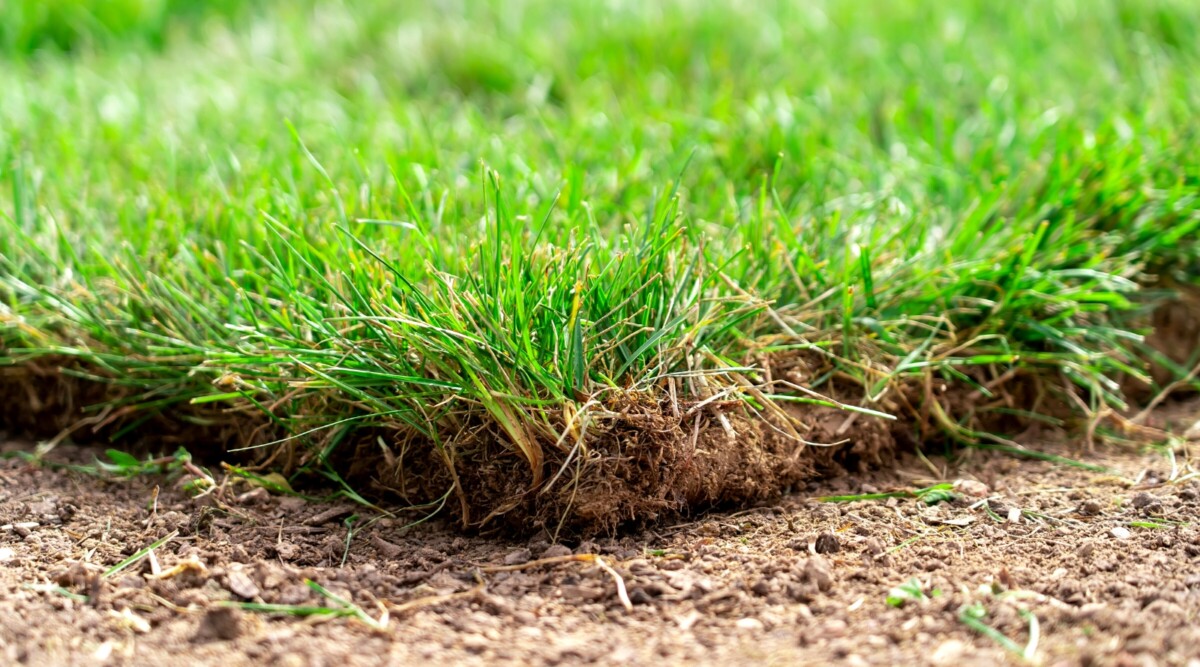
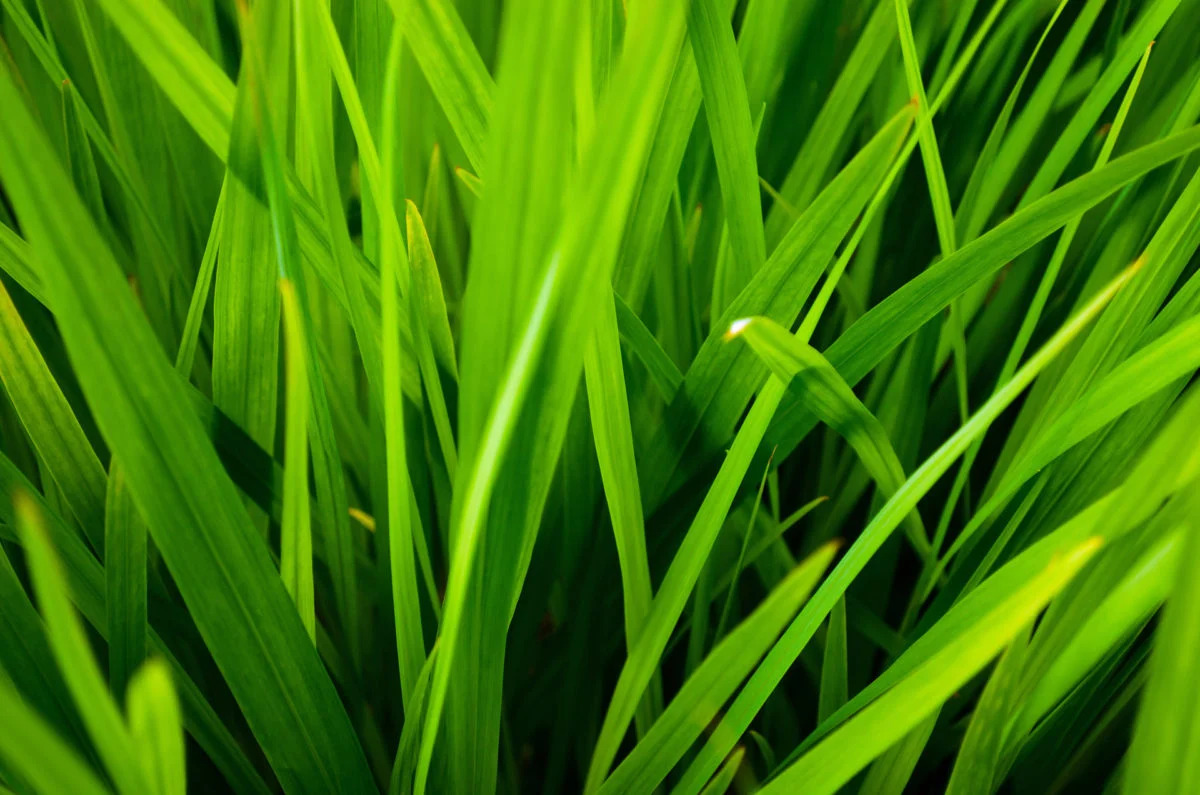
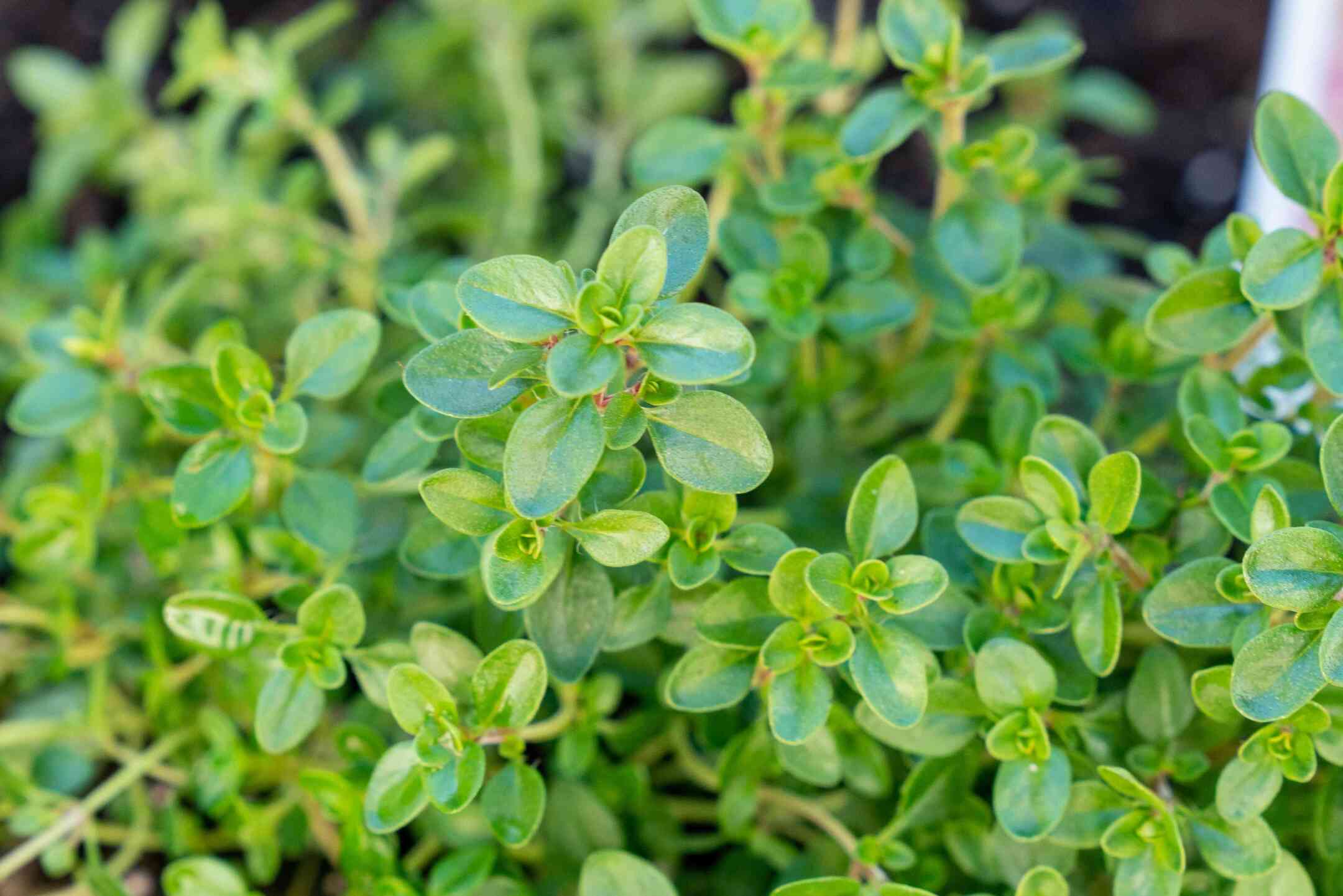
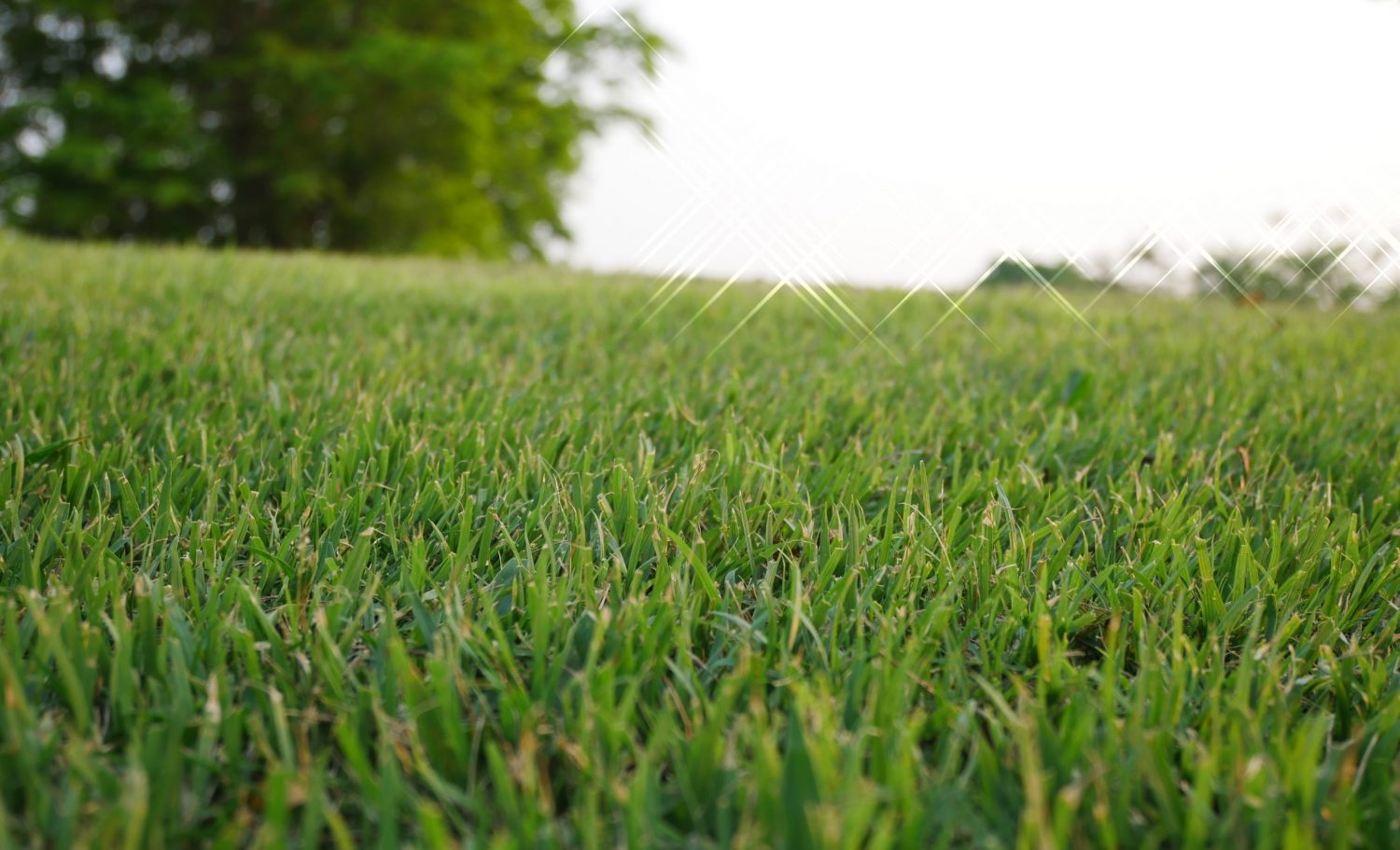
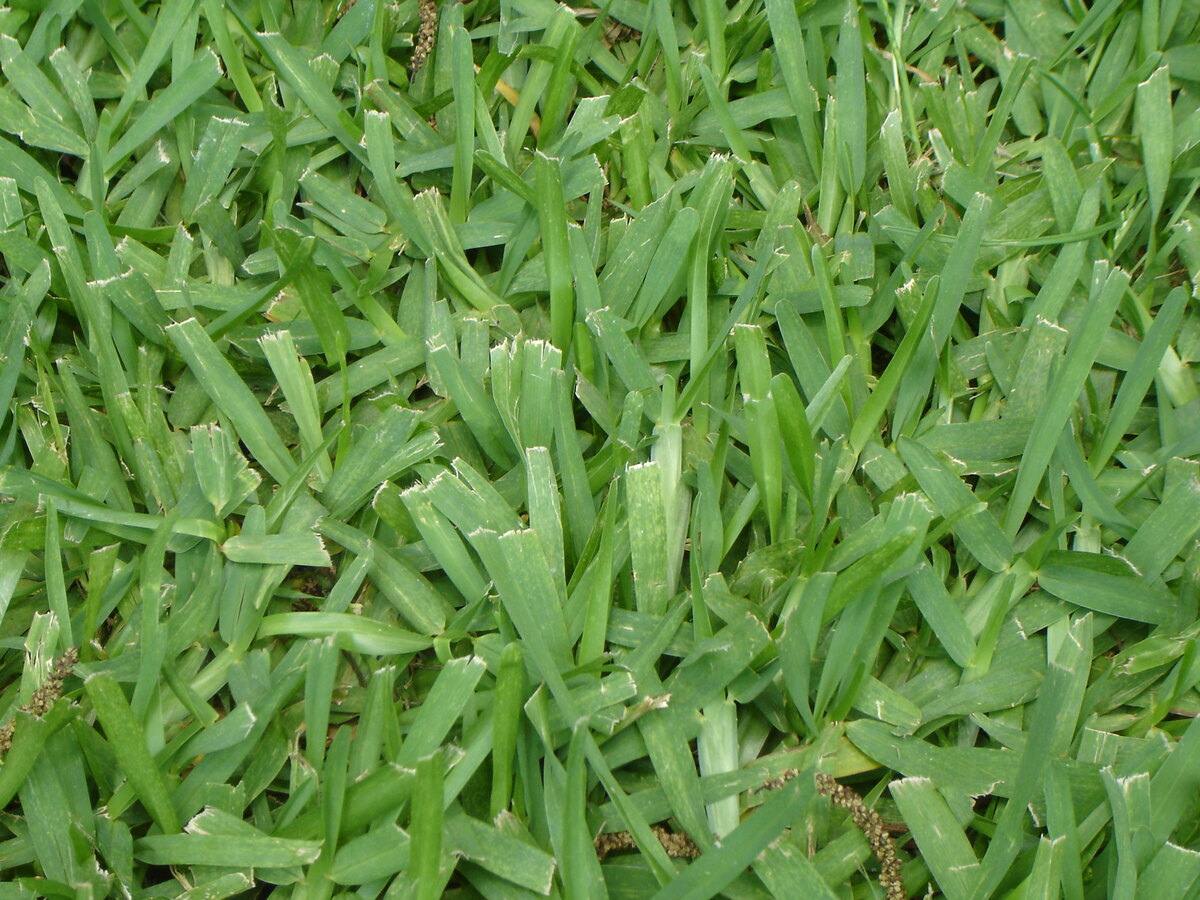
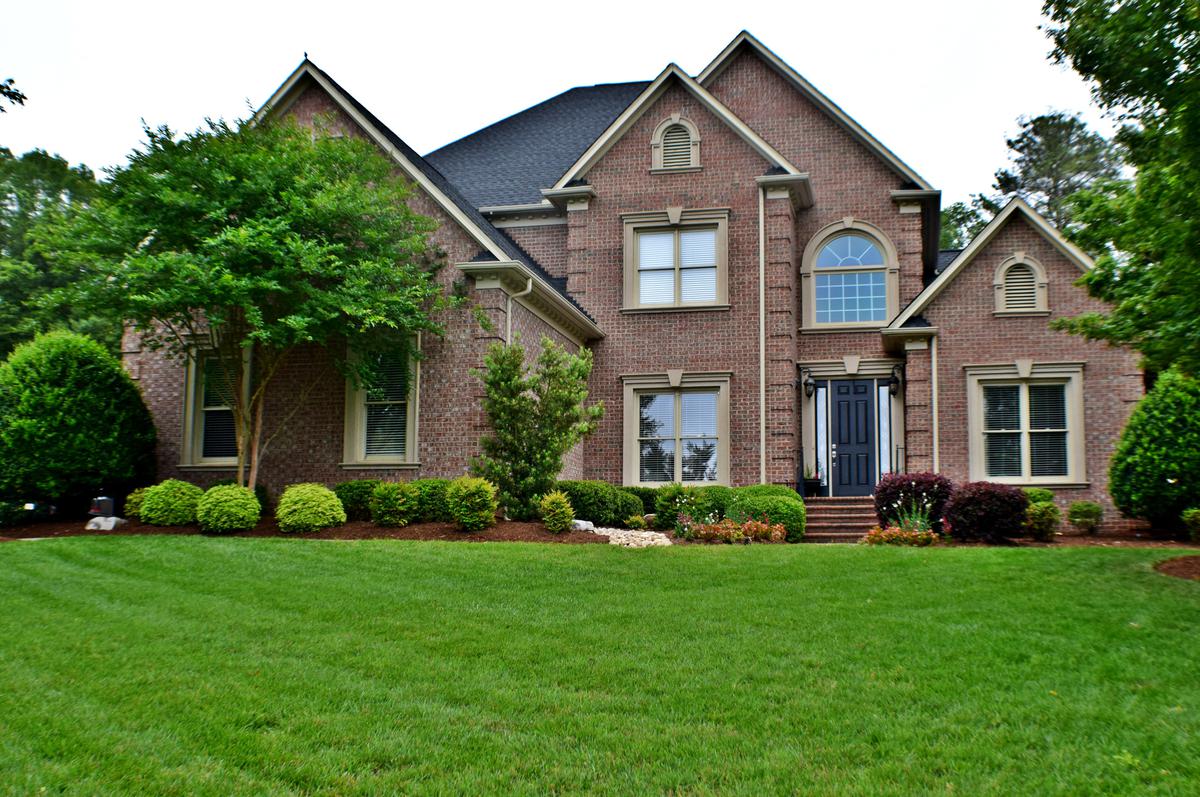
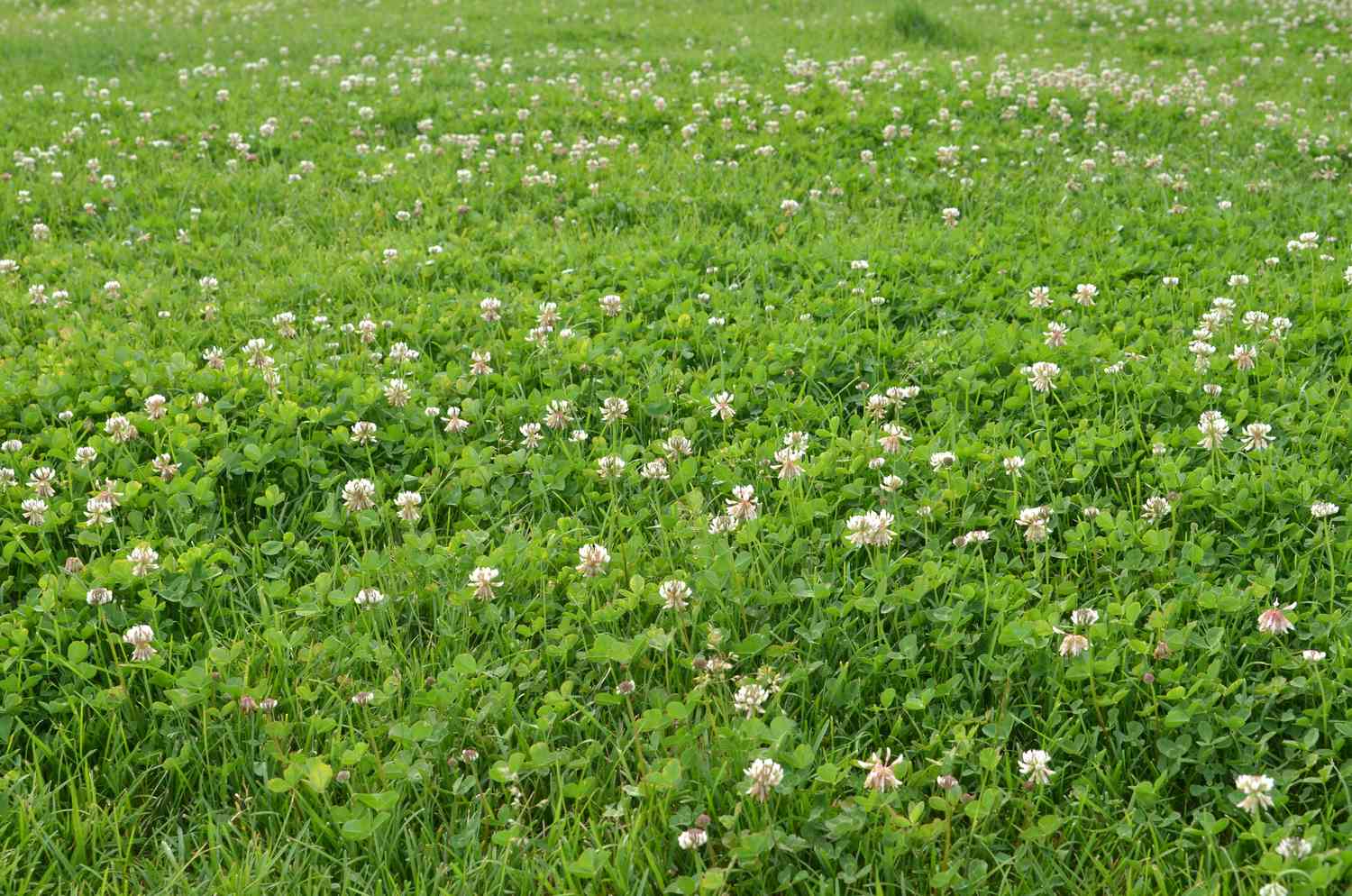
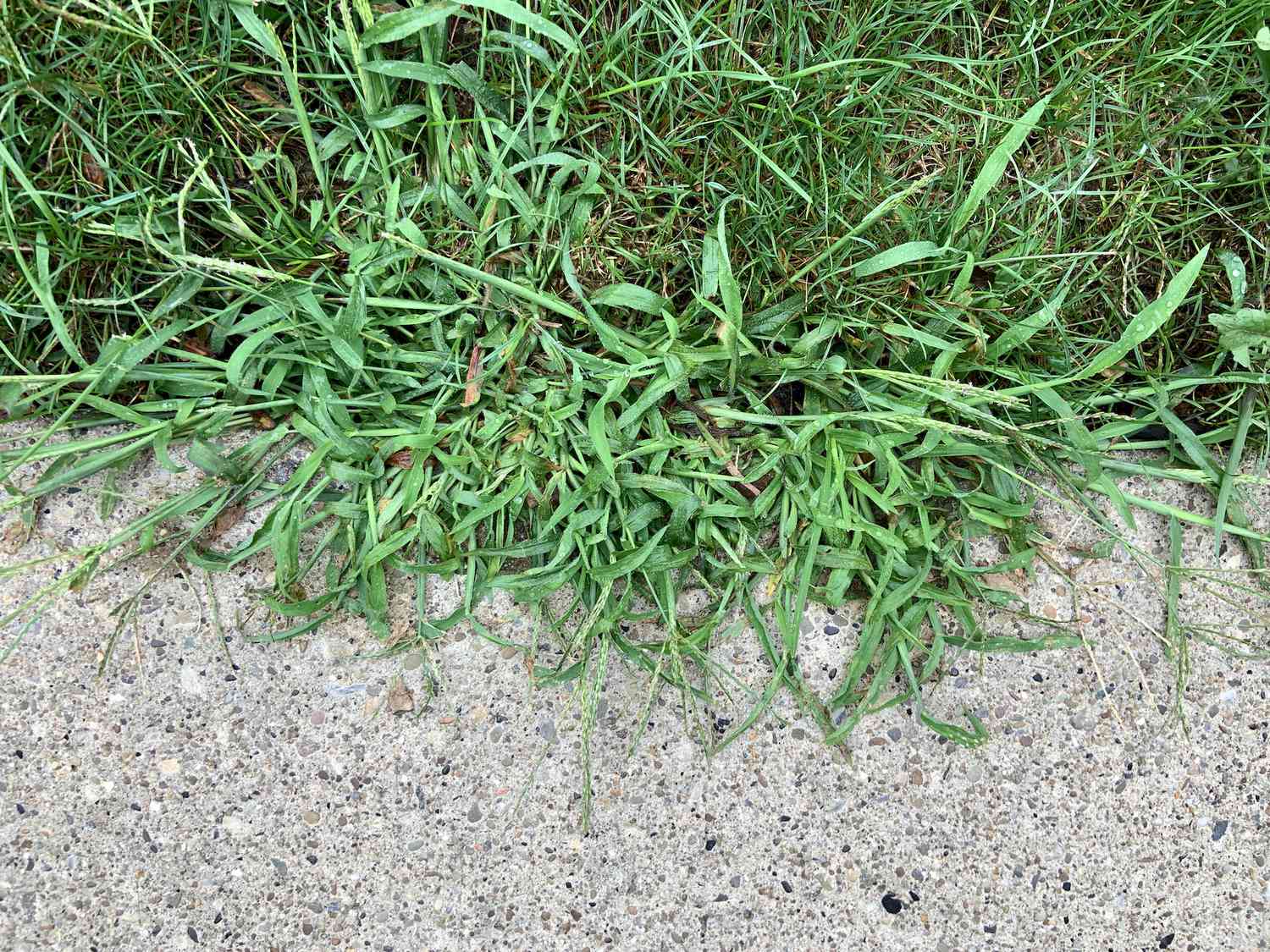
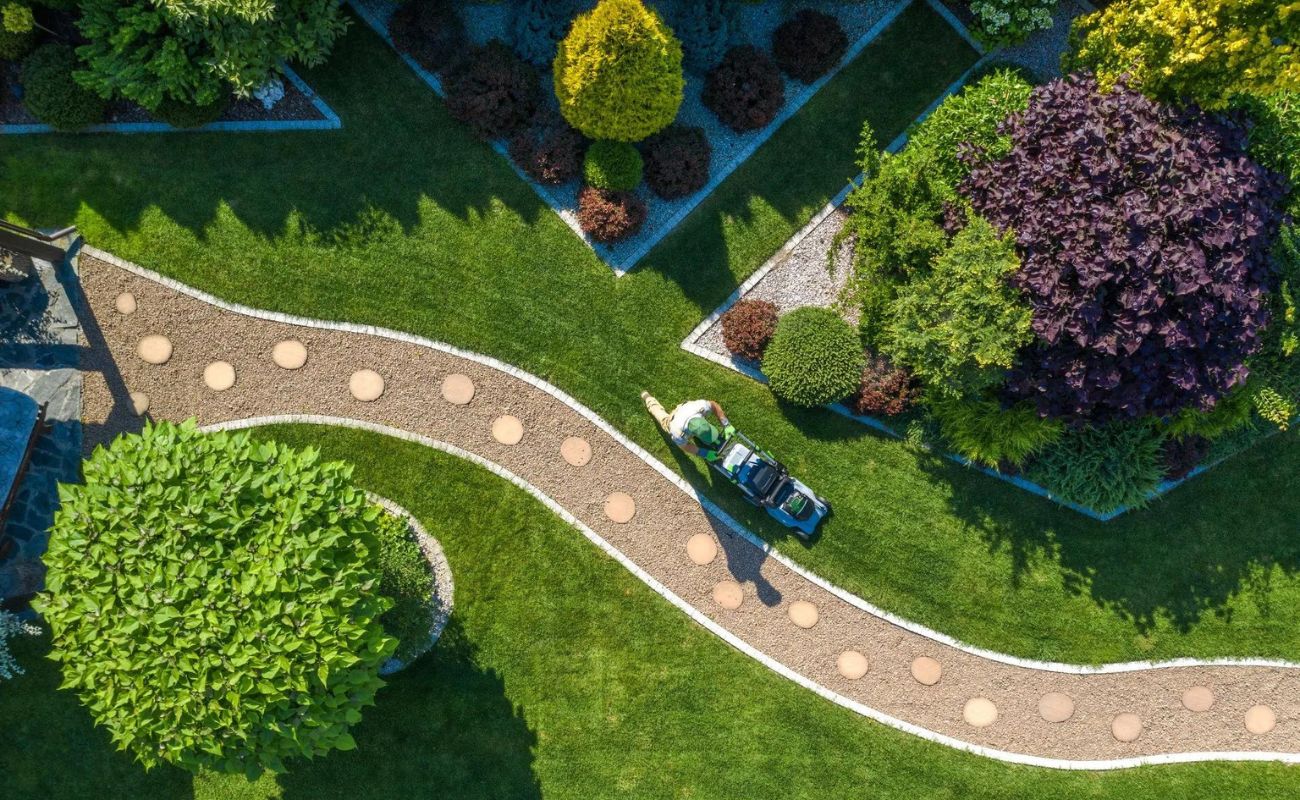
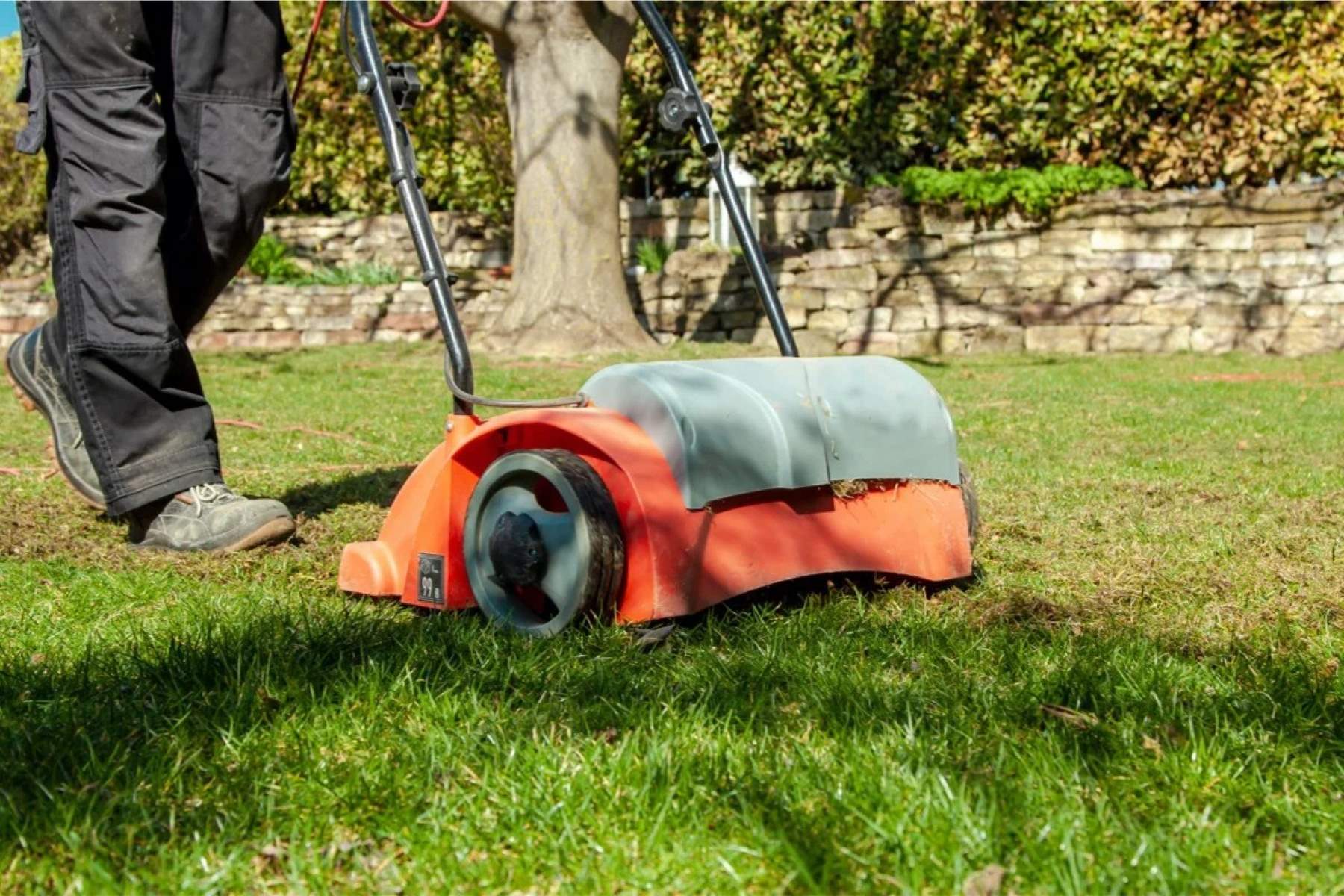

0 thoughts on “What Grass Grows Best In Texas”